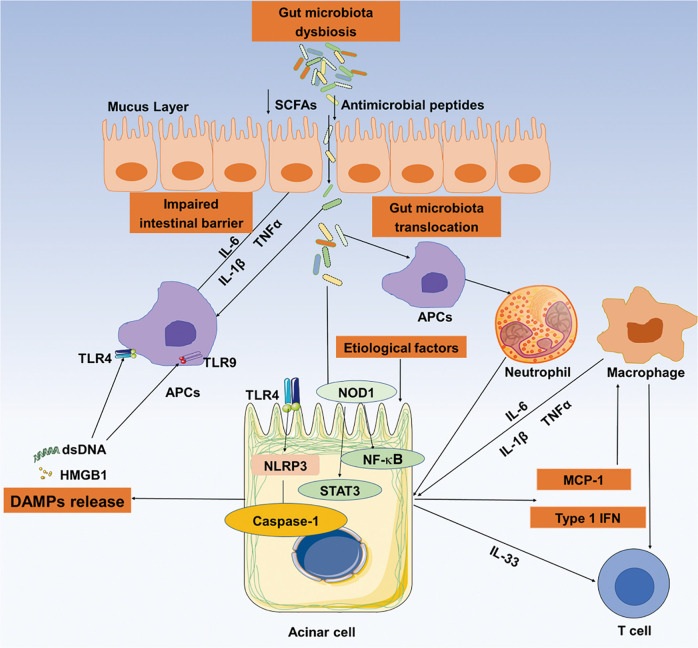Fig. 2. Interactions between intestinal microbiota dysbiosis and the development of acute pancreatitis.
Gut microbiota dysbiosis and the resultant suppressed antimicrobial peptide production lead to gut barrier impairment and pathogenic microbiota translocation through the intestinal epithelium. The translocated gut microbiota can activate the host innate immune system via TLR-mediated signaling. Following gut dysbiosis, neutrophil infiltration, and macrophages are recruited into the pancreas to promote the progression of acute pancreatitis (AP). Furthermore, damage-associated molecular pattern molecules (DAMPs) released from damaged acinar cells can serve as TLR ligands and are important mediators of the pathogenesis of AP. AP acute pancreatitis, APCs antigen-presenting cells, DC dendritic cells, DAMPs damage-associated molecular pattern molecules, SCFAs short-chain fatty acids, TLRs Toll-like receptors.

